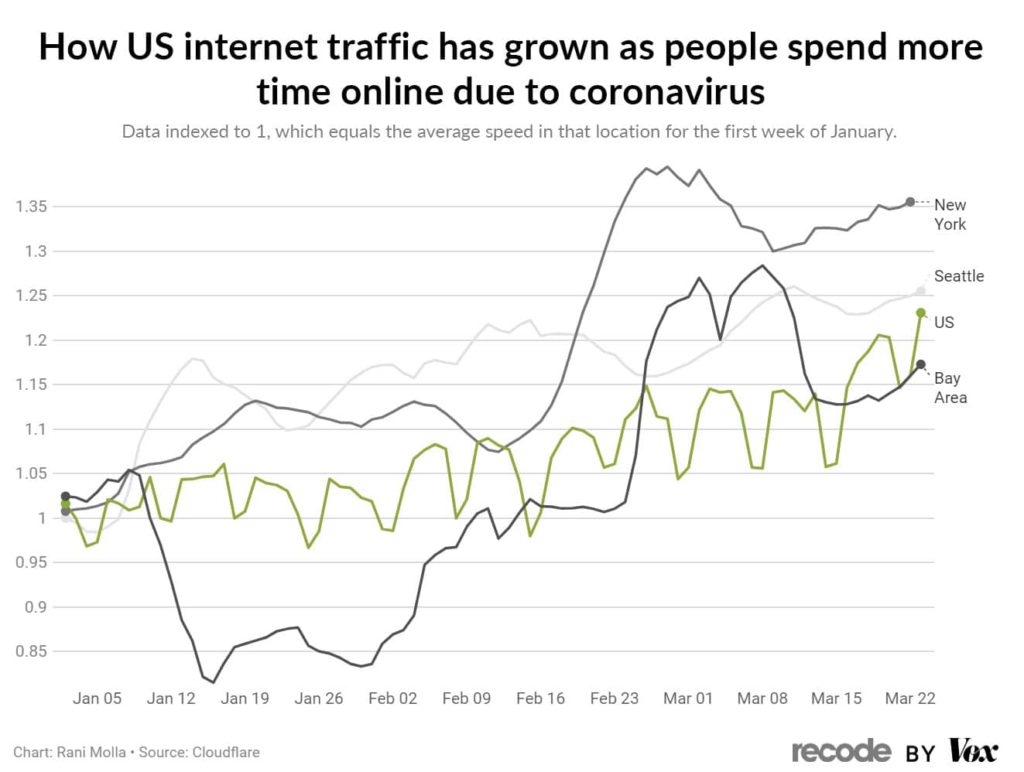The Importance Of A Single Unified View Of Your Customer
Covid-19 has prompted the in-home confinement of more than 200 million people. Now more than ever, there is an urgent need to accurately identify, understand, and cost-effectively communicate with your audience while they are online.
In-home confinement has increased internet usage and unemployment, while radically decreasing economic activity – to the levels not seen since the Great Depression.

Today Americans are surfing the web with considerably less money in their pockets. In less than 60 days public markets have registered $6 trillion in losses. More than 17 million people are now unemployed. The travel, hospitality, and entertainment industries have been shut down.
The economic calamity caused by Covid-19 has prompted double-digit cuts to media budgets as businesses scramble to slash spending and furlough employees until an economic recovery becomes visible.
The Urgent Need For Digital Activation.
Digital activation is the process of linking offline data with online data to provide a single, unified view of your consumers. Digital activation is essential for accurate omnichannel communication and revenue production.
Offline consumer identifiers include name and physical addresses, plain text emails, cell phone numbers, and landlines. Online identifiers include IP addresses, mobile ad IDs, hashed email addresses, social handles, and cookies.
Digital activation matches these identifiers across all channels and devices to develop accurate, unified, and accessible consumer profiles.

What Should You Do Now?
Leaders responsible for revenue production should assess their consumer data. A documented data assessment is the first step in the digital activation process. At a minimum a data assessment should answer these 7 questions:
- When was the last time your consumer data was updated with accurate information? What information was updated? Did the update include email addresses, mobile device IDs, IP addresses, hashed email addresses, user agent strings, social handles, and phone numbers? Were the results documented?
- Does your file structure (file layouts) accommodate email addresses, mobile device IDs, IP addresses, hashed email addresses, user agent strings, social handles, and phone numbers?
- What percentage of your postal data is tied to accurate email addresses, mobile advertising IDs, IP addresses, hashed email addresses, social handles, and phone numbers?
- What are the fill rates for each digital communication touchpoint?
- Are your consumer data files benchmarked for accuracy? What are your benchmarking standards?
- Does your consumer data contain accurate economic, demographic, and consumptive insight at the individual level (ie income ranges, credit ranges, age, professional interests, education, spending. . .)?
- Is your consumer data file structure organized to deliver frictionless digital communication to enable omnichannel micro-targeting? That is, do you apply a persistent and unique customer identifier to your files? If not, why not?
The reality is this – nothing in our lifetimes prepared businesses for a global pandemic, but there are actions marketing leaders can take now to protect their short-term interests while they reposition their businesses to successfully emerge from this crisis. A data assessment is the first step to digitally activating customers.
There’s never been a more important time to assess your data assets. Now ensure your business is prepared to effectively communicate.


 Civis Analytics Integrates Audience Acuity’s Identity Graph
Civis Analytics Integrates Audience Acuity’s Identity Graph